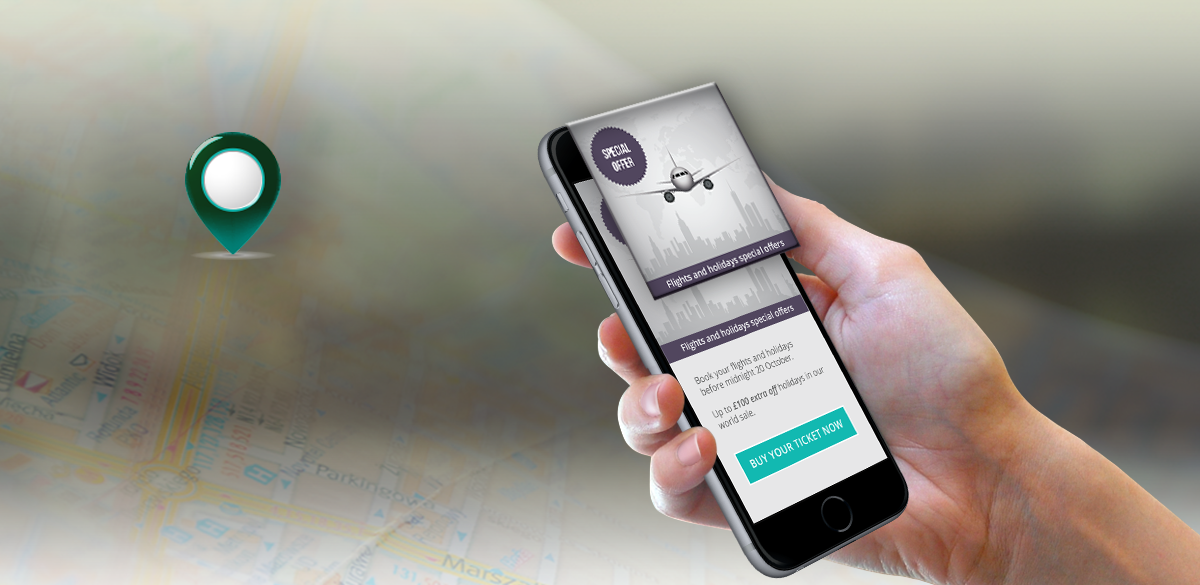How to build powerful Push Notifications Campaigns users can’t resist

To start with, only 21% of mobile users will consent to receive push notifications when they first launch an app and 70% of mobile users state that they would opt-in for push notifications, if they could actually understand what kind of message they were going to receive.
This is exactly where you need to focus your attention on, since you have a great opportunity to optimize successfully your push notifications opt-in strategy, in order to capture the interest of your users.
What you need to do to increase your opt-in rate
At first, you need to provide your target audience with useful and valuable information via push notifications and in-app messages. Users don’t wish to receive numerous promotional messages, so you need to prove that you are going to differentiate from such messages and send only relevant information, which really matters to them.
How do you get people to opt-in?
1. Provide relevant information on time
Find the perfect timing with notification scheduling and give your users the opportunity to think, evaluate and act accordingly. For instance, it wouldn’t be advisable to send your users notifications on a weekend or in the middle of the night.
2. Avoid approaching your users with a “sell” attitude and instead try to offer them specific information
For instance, users of an insurance app would opt-in for push notifications that inform them about the current pendings of their contract. On the contrary, they would not opt-in for receiving push messages regarding the launch of a new product. This means that you need to focus on user-centric push notifications (push notifications that users would actually like to receive).
3. Make them understand the added value of push notifications
In order to offer your users a deeper understanding of the true value of push notifications you may as well follow a simple tactic. Use step by step questions, so as to ask them if they would like to receive a specific type of push notification. This way, it will be clear for you and for your users as well what kind of push messages they are willing to As a result, they are not going to get disturbing push campaigns, on the contrary, they will receive the exact information they gave their consent for.
4. Keep the right balance with push notifications
It is not wise to send more than 2 or 3 push messages per week. Of course, they might be some exceptions to the rule. If your users have requested and agreed to receive push notifications for specific business purposes, then you can send them more frequently. In any case, you should not “bombard” your users with unnecessary or complicated information.
5. Create user segments: Use targeted push and in-App Messages
Before implementing your push notifications strategy, it is important to know and understand your audience. More specifically, you need to know essential information such as their profile data, habits & preferences, interests, in-app behavior and their reactions to previous campaigns as well. Targeting different user segments based on the above criteria will make the app experience more personal to users and at the same time, will deliver solid results.
What you need to do is to send to your users push messages, which are going to create a powerful bond/connection with their unique characteristics and experiences.
In order to increase monetization, provide your customers with an incentive, e.g. send them an offer for in-app purchases. Moreover, you can segment further your customers according to their purchasing habits and then, send them an exclusive offer or discount on the specific items they are interested in.
For the users who didn’t have the opportunity to redeem your offer, you can always send them a new push campaign, offering them an incentive so as to re-engage with your app.
Actually, there are various efficient ways to categorize your audience. Creating the correct segments will enable you to achieve personalized communication with your users, since you are going to send custom push campaigns tailored to their needs. By keeping your users engaged with relevant content, you will also achieve higher open rates.
6. Focus on Geo-targeting
It is of the utmost importance to target your audience according to their location. Geo-targeting enables you to reach your users at the exact right place. This way, you can develop custom promotional push campaigns suitable for a specific group of people who live in a certain location.
7. Include clear messages with strong call to actions
Every single time that you launch a push campaign, be sure that you include a straightforward call to action, so that users will understand what they have to do.
8. Measure the performance of your push campaigns
At first, you should focus on the right key performance indicators (KPIs). Open rates suggest a standard indicator of your push campaigns, but it doesn’t reflect the ultimate goal of your campaign. For instance, if you are aiming to drive sales, then you should measure the sales conversions.
According to the goal of your push campaign, you should prioritize the KPIs in order to measure what truly matters to you / what is truly valuable for your campaign:
a. Click rate: The percentage of users who opened a push notification.
b. Conversion rate: The percentage of users who proceeded with a specific action (conversion) after receiving the push campaign.
c. Conversion frequency: The average number of conversions made after opening a push notification
d. Engagement: The average number of sessions (visits) per user after opening a push notification.
